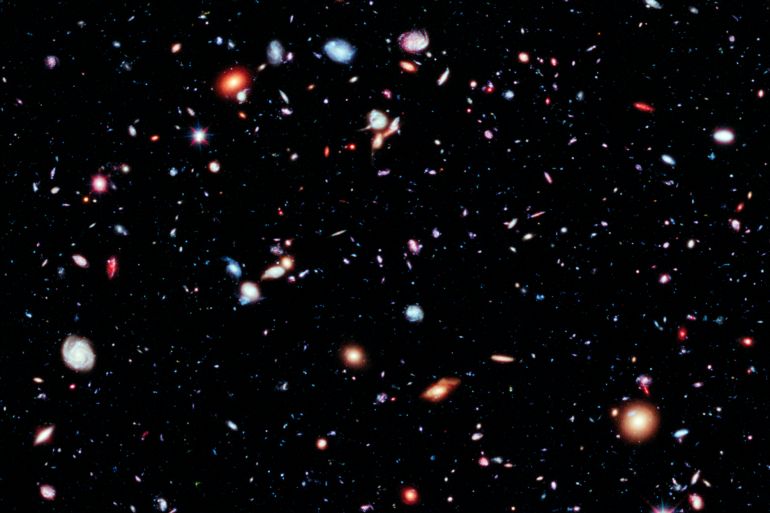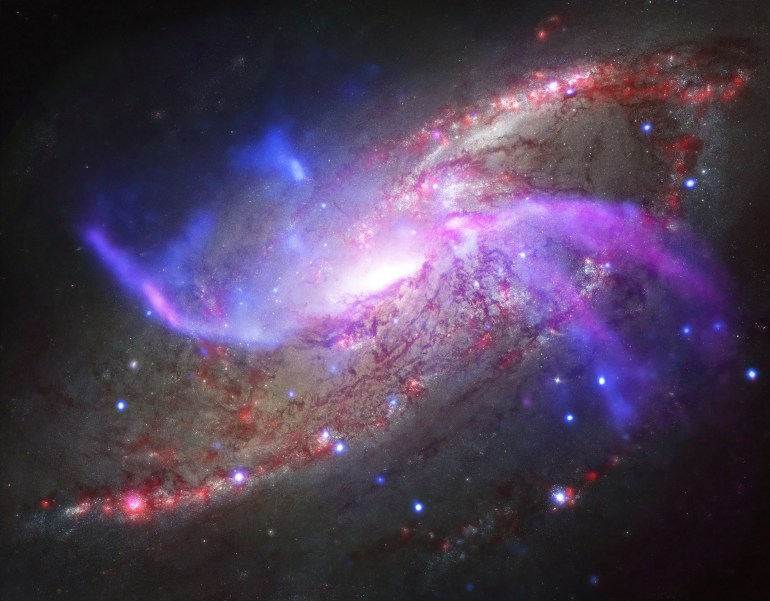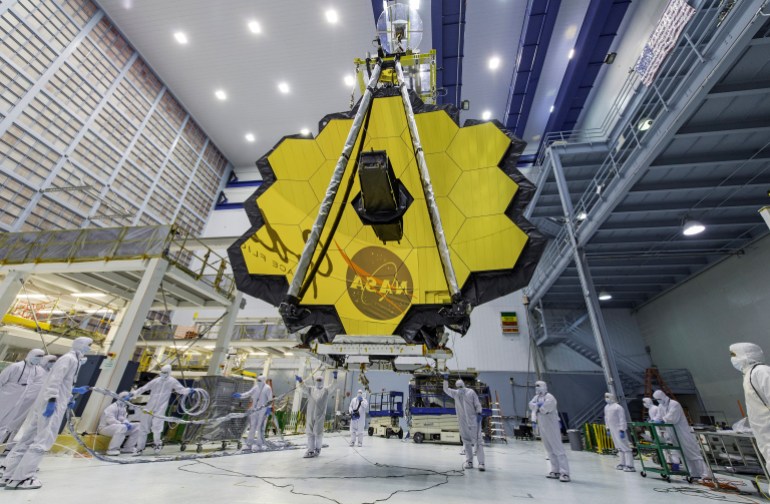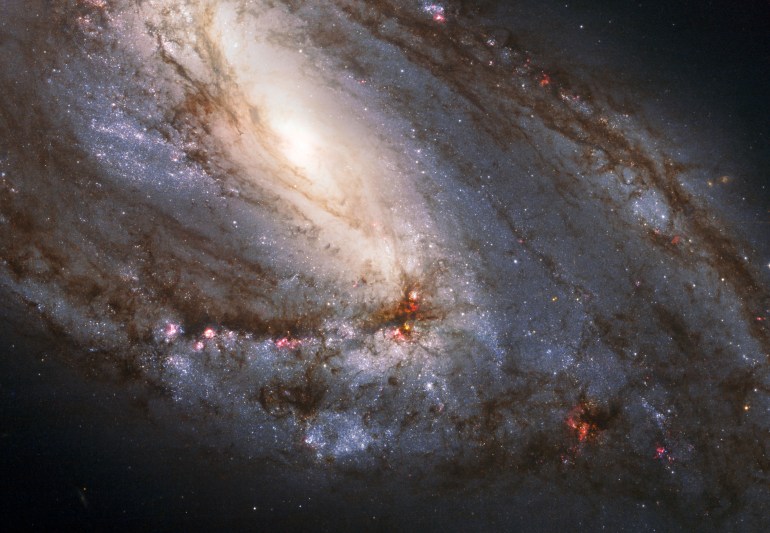Life in space? Astronomers say search for it is a top priority
New report recommends building $11bn telescope to help explore the origins of black holes, galaxies and the universe.

A US survey of astronomers puts the search for extraterrestrial life at the top of their to-do list for the next 10 years.
In a report issued Thursday by the National Academy of Sciences, Engineering and Medicine, astronomers stressed the need to continue the hunt for potentially habitable planets circling other stars, building on the “extraordinary progress” already made. The ultimate goal, they noted, is to capture pictures of any Earth-like worlds that might be out there.
Keep reading
list of 4 itemsCleaning up space | Start Here
S Korea joins space race with launch of first homegrown rocket
NASA announces rare health-related SpaceX launch delay
“Life on Earth may be the result of a common process, or it may require such an unusual set of circumstances that we are the only living beings within our part of the galaxy, or even in the universe. Either answer is profound,” the report stated.

“The coming decades will set humanity down a path to determine whether we are alone.”
Also ranked high: exploring the origins and evolution of black holes, neutron stars, galaxies and the entire universe.
At the same time, the 614-page report stressed the need for greater diversity among astronomy’s ranks — still predominantly male — and suggested that NASA consider a science team’s diversity when doling out money for research or projects.
The survey is done every 10 years and draws input from dozens of mostly US-based scientists.

The latest report recommended that NASA create a new office to oversee space observatories and overlapping missions in the coming decades. First up should be a telescope that is significantly bigger than the Hubble Space Telescope and would be capable of spotting planets that are 10 billion times fainter than their stars, the report stated.
Once the necessary technologies are ready, this telescope could be ready to launch in the 2040s for approximately $11bn, followed by other mega observatories in the billions of dollars.
But the report emphasised the need for smaller, more modest missions, as well. Launching one spacecraft per decade with a cost cap of $1.5bn, it stated, balances science with timeliness.
The report noted the threat in years past of cost overruns and delays in major projects.
Due to finally blast off next month, the NASA-led James Webb Space Telescope — designed to scan the early universe and explore the atmospheres of other worlds — is a prime example of that. Yet its launch promises to be “a momentous occasion that will shape the course of astronomy and astrophysics in the coming decades”, the report noted.
The report — sponsored by NASA, National Science Foundation, US Department of Energy and the US Air Force — noted that the survey was conducted during a health crisis. While the pandemic has underscored the importance of science, “the ultimate economic and social impacts of the pandemic remain unclear, adding to the uncertainty of the future landscape.”

The report urged NASA, the National Science Foundation and Energy Department to treat harassment and discrimination “as forms of scientific misconduct,” add more diversity to its upper levels, and consider diversity when funding a project.